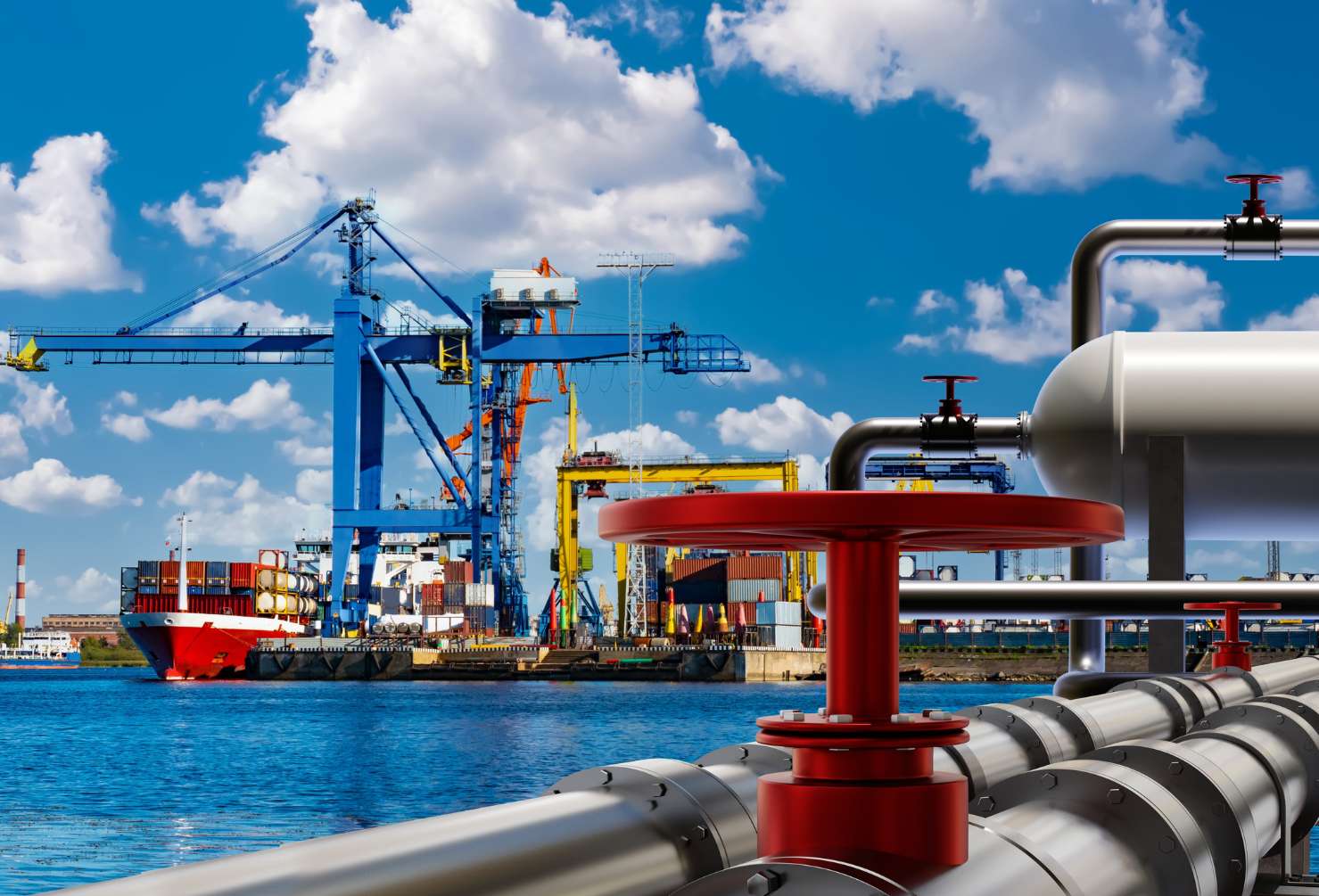
Australia has emerged as a global powerhouse in the liquefied natural gas (LNG) market, rivalling other major producers such as Qatar and the United States. With its vast natural gas reserves, advanced infrastructure, and strategic location in the Asia-Pacific region, Australia has capitalised on growing global demand for cleaner energy sources. However, as the market landscape evolves, Australia faces a range of opportunities and challenges that will shape the future of its LNG industry. This blog post explores the factors driving Australia’s LNG market, the opportunities ahead, and the challenges that must be navigated in a competitive global environment.
The Rise of Australia’s LNG Industry
Australia’s journey to becoming a leading LNG exporter began in earnest in the early 2000s, driven by substantial investments in gas exploration and infrastructure. The country boasts significant natural gas reserves, particularly in the North West Shelf, Browse Basin, and the coal seam gas fields in Queensland. These reserves have provided a robust foundation for the development of a thriving LNG sector.
Over the past decade, Australia has expanded its LNG production capacity significantly, with multiple large-scale projects coming online. Facilities such as the Gorgon, Ichthys, and Wheatstone projects have played a pivotal role in boosting Australia’s LNG output. As a result, the nation has been able to cater to the increasing demand for LNG in key markets across Asia, including China, Japan, South Korea, and India, as these countries seek to diversify their energy mix and reduce carbon emissions.
Opportunities in the Global LNG Market
1. Growing Demand in Asia-Pacific
The Asia-Pacific region remains the epicentre of global LNG demand, accounting for a substantial share of global imports. The transition from coal to natural gas in countries like China and India, driven by policies aimed at reducing air pollution and greenhouse gas emissions, presents a significant opportunity for Australian LNG producers. Additionally, Japan and South Korea, long-standing importers of Australian LNG, continue to seek reliable and stable energy sources to meet their domestic needs.
Australia’s proximity to these key markets gives it a logistical advantage over other LNG exporters, allowing for shorter delivery times and reduced shipping costs. This geographic advantage, combined with established trade relationships, positions Australia well to capture a growing share of the regional LNG market.
2. Energy Transition and Decarbonisation Efforts
As the world moves towards a lower-carbon future, natural gas is seen as a crucial transitional fuel. It offers a cleaner alternative to coal and can serve as a reliable backup for renewable energy sources such as wind and solar, which are intermittent by nature. Australia’s LNG industry can leverage this transition by positioning LNG as a key component in the global decarbonisation strategy.
Moreover, innovations in carbon capture and storage (CCS) technologies present an opportunity for Australia to enhance the environmental credentials of its LNG production. By integrating CCS with LNG operations, Australian producers can reduce their carbon footprint and appeal to markets with stringent environmental regulations and commitments to net-zero emissions.
3. Potential for New Markets
While Asia remains a primary focus, there are emerging opportunities for Australian LNG in other regions. Europe, for example, has shown increased interest in diversifying its energy sources, particularly in light of geopolitical tensions affecting traditional gas supply routes. Although the European market is more distant, advances in LNG shipping and storage technology could make Australian LNG a viable option for European buyers.
Additionally, the development of small-scale LNG markets in Southeast Asia presents new growth avenues. Countries in this region, such as Vietnam, Thailand, and the Philippines, are investing in LNG infrastructure to meet rising energy demand, presenting Australian exporters with opportunities to tap into these emerging markets.
Challenges in a Competitive Global Environment
1. Intensifying Global Competition
Australia’s position as a leading LNG exporter is not without challenges. The global LNG market is becoming increasingly competitive, with new producers entering the market and existing players ramping up their output. The United States, in particular, has emerged as a formidable competitor, leveraging its abundant shale gas reserves to increase LNG exports.
Qatar, another major LNG producer, has announced plans to expand its production capacity significantly over the coming years. This intensifying competition is putting pressure on prices and contract terms, making it essential for Australian producers to maintain their cost competitiveness and operational efficiency.
2. Price Volatility and Market Dynamics
The LNG market is characterised by price volatility, influenced by factors such as geopolitical tensions, changes in demand and supply dynamics, and fluctuations in oil prices. For Australian LNG producers, managing this volatility is a constant challenge. Long-term contracts, traditionally a mainstay of the LNG market, are giving way to shorter, more flexible arrangements, requiring producers to adapt to changing market dynamics.
Moreover, the emergence of LNG spot markets and trading hubs, particularly in Asia, has introduced greater liquidity and flexibility but also increased exposure to price fluctuations. Australian producers need to navigate these market dynamics effectively, balancing long-term stability with the flexibility to respond to changing market conditions.
3. Environmental and Regulatory Pressures
As the world becomes more environmentally conscious, the LNG industry faces increasing scrutiny over its carbon emissions and environmental impact. In Australia, this has led to tighter regulatory requirements and heightened community expectations regarding the environmental performance of LNG projects.
Australian LNG producers must navigate this complex regulatory landscape while investing in technologies and practices that minimise environmental impact. This includes implementing best practices in flaring and venting, reducing methane emissions, and exploring the integration of renewable energy sources into LNG operations.
4. Infrastructure and Investment Challenges
While Australia has invested heavily in LNG infrastructure, ongoing maintenance and potential expansion require significant capital investment. The high capital costs associated with LNG projects, coupled with the need for continuous technological upgrades, pose a challenge for Australian producers.
Securing investment in new projects is also becoming more challenging as financial institutions and investors increasingly assess the environmental, social, and governance (ESG) credentials of potential ventures. To attract investment, Australian LNG producers must demonstrate a commitment to sustainability, innovation, and responsible development.
—
Australia’s LNG market is at a pivotal moment, balancing significant opportunities with substantial challenges. As global demand for cleaner energy sources continues to rise, Australia is well-positioned to capitalise on its natural advantages and established market presence. However, to maintain its competitive edge in an increasingly crowded and dynamic market, the Australian LNG industry must embrace innovation, sustainability, and adaptability.
By navigating these challenges strategically and leveraging its strengths, Australia can continue to play a leading role in the global LNG market, contributing to energy security and the transition towards a more sustainable energy future.





